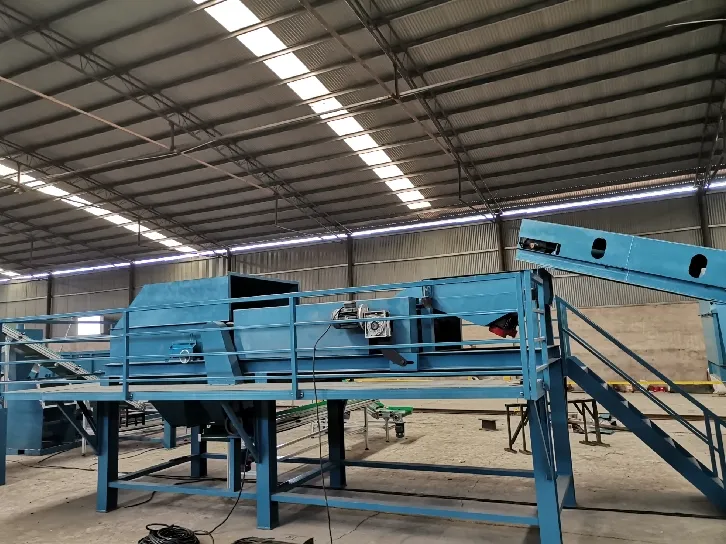

stu . 16, 2024 21:15 Back to list
How to Recycle Circuit Boards
Circuit boards are an essential component of most electronic devices, serving as a backbone for electrical connections. However, when these devices become obsolete or malfunction, the disposal of their circuit boards poses an environmental challenge. Proper recycling of circuit boards not only conserves resources but also reduces toxic waste. Here’s how to responsibly recycle circuit boards.
Step 1 Gather Your Circuit Boards
Start by collecting circuit boards from old or broken electronic devices such as computers, televisions, smartphones, and other appliances. Ensure that you have unplugged and disassembled the devices, with the circuit boards carefully removed. Be cautious during disassembly to minimize the risk of injury and to avoid damaging the components that can be recycled.
Step 2 Remove Non-Recyclable Components
Before recycling, it’s essential to remove non-recyclable parts from the circuit boards. These include plastics, batteries, and other materials that may not be accepted by recycling facilities. Carefully detach any connectors, heat sinks, or other attachments that are not made of metal or circuit board material.
Step 3 Choose a Recycling Method
Once you have prepared your circuit boards, it’s time to decide on a recycling method
. You have several options
1. Local E-Waste Recycling Centers Research local facilities that specialize in electronic waste. Many cities have designated e-waste recycling centers that accept circuit boards.
2. Mail-In Programs Some companies offer mail-in recycling programs, allowing you to send your circuit boards to them. This is particularly useful if local options are limited.
3. Resale or Donation If the circuit boards are still functional, consider donating them to schools, makerspaces, or electronic hobbyists who might find them useful.
Step 4 Educate and Advocate
Recycling circuit boards is not merely a personal responsibility; it’s vital to spread awareness about the importance of e-waste recycling within your community. Encourage friends and family to recycle their electronic devices properly. The more people who understand and engage in recycling efforts, the greater impact we can have on reducing electronic waste.
Conclusion
Recycling circuit boards is a significant step toward preserving our environment and utilizing valuable materials found within these electronic components. By following these steps—gathering, preparing, and choosing the right recycling method—you contribute to a more sustainable future. Remember, every small effort counts in minimizing our ecological footprint and promoting the responsible disposal of electronic waste.
Latest news
Troubleshooting Common Eddy Separator Problems
NewsJul.04,2025
The Role of Metal Recycling Plants in Circular Economy
NewsJul.04,2025
The Impact of Recycling Line Pickers on Waste Management Costs
NewsJul.04,2025
Safety Features Every Metal Shredder Should Have
NewsJul.04,2025
How Industrial Shredders Improve Waste Management Systems
NewsJul.04,2025
How Cable Granulators Contribute to Sustainable Recycling
NewsJul.04,2025